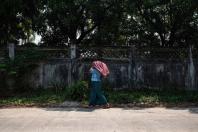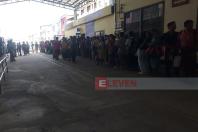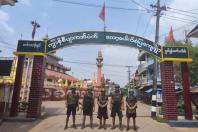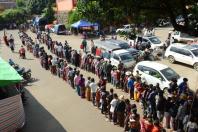More than 660,000 people are estimated to have been newly displaced in Myanmar since the escalation of armed conflict on October 27, and total current displacement now stands at 2.6 million people nationwide, UNOCHA reported in a statement.
Conflict between the Myanmar military and multiple armed groups persists in many parts of the country involving armed clashes, airstrikes and artillery shelling and causing a surge in civilian casualties, displacement and destruction of civilian properties in numerous townships, the statement said.
Unverified field reports indicate that at least 378 civilians, including men, women, and children, have reportedly been killed and 505 others have been injured since the escalation began in late October.
Since the intensification, more than 660,000 people are estimated to have been newly displaced in northern and southern Shan State, Kayah State, Rakhine State, Chin State, Sagaing Region, Mandalay Region, eastern Bago Region, Kayin State, Mon State, and Tanintharyi Region.
There have been reports of some displaced people returning home while others have moved multiple times for safety. Total current displacement nationwide now stands at a record 2.6 million people.
The movement of people and transportation of goods is being heavily curtailed, while interruptions to phone and internet services are impacting on the sharing of civilian safety information and humanitarian operations. The lack of humanitarian and commercial access to transport routes is creating a scarcity of food, shortages of essential household items, soaring commodity prices and a fuel crisis in affected areas.
Partners have identified the most urgent humanitarian needs across conflict-affected areas as food, safe shelter, non-food items and hygiene kits, basic health services and protection support.
Faith-based organizations and local responders, in collaboration with international organizations, continue to provide lifesaving assistance to displaced and affected communities wherever access is possible.
Despite an extremely challenging operational context, including supply stockpiles that are heavily depleted due to underfunding, access constraints and the rapid and unpredictable escalation of needs, humanitarian partners are reaching growing numbers of affected people.
The vast majority of displaced people in northern Shan (82,000) have now received assistance and work continues to expand the response in other impacted areas such as the Northwest where 50,000 people have already been reached, UNOCHA reported.



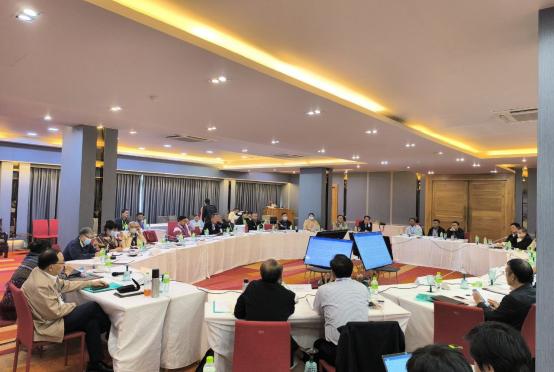
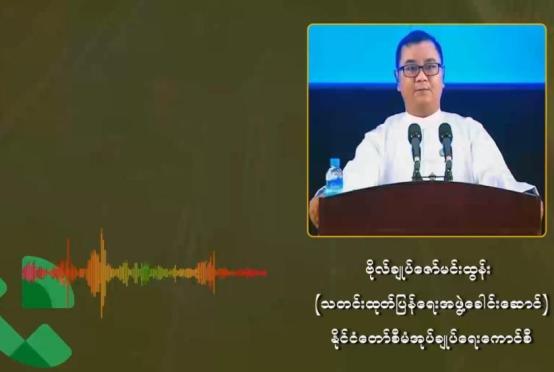

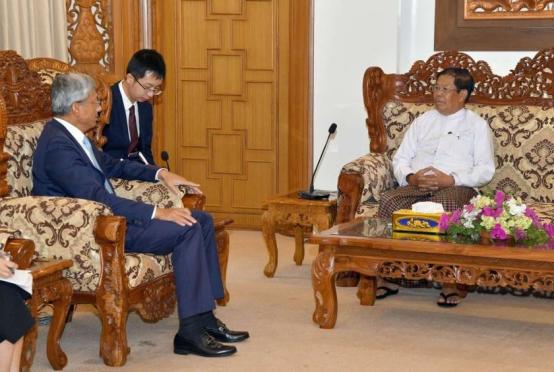

![[Photo credit: Shwe Yoathlwar charity group]](https://elevenmyanmar.com/sites/news-eleven.com/files/styles/most_read_img/public/news-images/plaza.jpg?itok=v6Gn0YGX)

